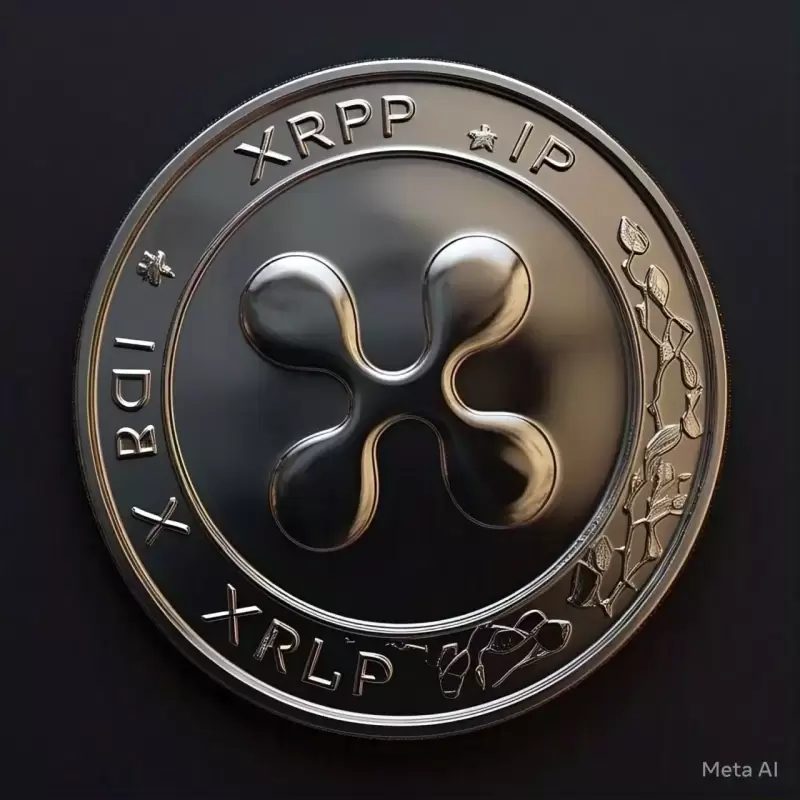 |
|
 |
|
 |
|
 |
|
 |
|
 |
|
 |
|
 |
|
 |
|
 |
|
 |
|
 |
|
 |
|
 |
|
 |
|
Cryptocurrency News Articles
What is a "Token" in the context of Ai and Natural Language Processing?
Apr 04, 2025 at 05:08 am
In the context of artificial intelligence (AI), specifically natural language processing (NLP) models like those used in large language models (LLMs) such as GPT

The term "Token" in the context of Artificial Intelligence (AI) and Natural Language Processing (NLP) refers to the atomic units of text that are processed by AI models, especially those used in large language models (LLMs) such as GPT. These tokens can represent words, subwords, characters, or punctuation marks, depending on the AI model's design and the tokenization method used.
The process of tokenization is crucial in AI, as it breaks down text into smaller parts, making it easier for models to understand and process. Each of these tokens represents a unit that the AI model processes and uses to understand, predict, and generate language.
Examples of Tokens in AI:
Word-level Tokens: Many models treat each word as a separate token. In a sentence like "AI is transforming industries," each word—'AI,' 'is,' 'transforming,' 'industries’—would be treated as a token.
Subword Tokens: Some models use subwords to handle rare or unknown words more effectively. For instance, the word “unbelievable” might be tokenized as “un,” “believe,” and “able.” This method allows the AI model to generalize better to new or unseen words.
Character Tokens: In some cases, every character is treated as a token. This is useful in applications where the exact spelling of words matters, or in models that need to handle many different languages or special symbols.
Punctuation and Special Tokens: Tokens also include punctuation marks like commas, periods, and question marks. Additionally, there are special tokens used for specific purposes in models, such as
Benefits of Tokens in AI:
Efficient Text Processing: Tokens help break down complex sentences into smaller, more manageable parts. This enables AI models to handle language processing tasks with more precision and efficiency.
Handling Rare Words: By using subword tokenization, AI models can generalize better and deal with rare or complex words that the model hasn’t seen during training. For example, the word "unfathomable" can be broken into smaller, recognizable subwords, allowing the model to interpret it correctly.
Improved Model Performance: Tokenization allows models to focus on the relationships between small units of language, improving their understanding of syntax and semantics. This leads to better results in tasks like translation, summarization, or text generation.
Language Agnostic: Since tokenization can happen at the character or subword level, it can be applied to many different languages without needing a separate model for each language. This makes AI models more versatile and widely applicable across different linguistic contexts.
Simplifies Model Training: Working with tokens makes it easier for AI models to be trained on large datasets. Instead of processing entire paragraphs or sentences at once, AI models deal with smaller chunks, which speeds up the training process and reduces computational complexity.
Limitations of Tokens in AI:
Context Loss: Tokenization can sometimes lead to the loss of contextual information. When breaking down a sentence into tokens, some of the nuanced meanings or relationships between words may be lost, especially in word-level or character-level tokenization.
Ambiguity: Words or phrases with multiple meanings may not always be interpreted correctly, especially if the tokenization method doesn’t capture the full context. For example, the word “bank” could refer to a financial institution or the side of a river, and without sufficient context, the AI may misinterpret its meaning.
Token Limit: Most AI models have a limit on the number of tokens they can process at once. This can be problematic for long documents or conversations.
Inefficiency with Rare Languages: For languages that use complex characters or symbols, character-level tokenization can lead to an explosion in the number of tokens, increasing computational costs and reducing efficiency.
Complexity in Preprocessing: Tokenizing text for AI models often requires complex preprocessing, which can introduce errors or inconsistencies if not done correctly. This can affect the brightness and accuracy of the model’s outputs.
Summary of Tokens:
In summary, tokens are the fundamental units of text that AI models, particularly in the field of natural language processing, use to understand and generate language.
These tokens can represent words, subwords, characters, or symbols, depending on how the text is broken down for analysis.
Tokenization offers numerous benefits, such as improving AI model efficiency, allowing better handling of rare or unknown words, and facilitating multilingual applications.
However, it also has limitations, such as the potential for context loss, token limit constraints, and increased complexity in preprocessing.
Disclaimer:info@kdj.com
The information provided is not trading advice. kdj.com does not assume any responsibility for any investments made based on the information provided in this article. Cryptocurrencies are highly volatile and it is highly recommended that you invest with caution after thorough research!
If you believe that the content used on this website infringes your copyright, please contact us immediately (info@kdj.com) and we will delete it promptly.
-

- Will PEPE make a breakout rally as whales accumulate 22 trillion tokens in Q1 2025, aiming to test the $0.000010 mark?
- Apr 05, 2025 at 03:35 am
- Amid growing volatility in the crypto market, rising fear has triggered a significant downturn in meme coins, causing the sector's valuation to fall to $46 billion.
-

-

-

-

-

-

-

-




























































